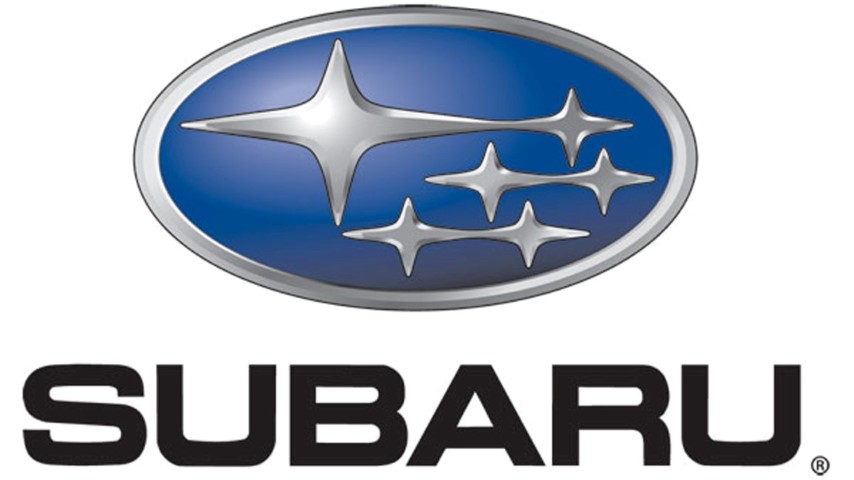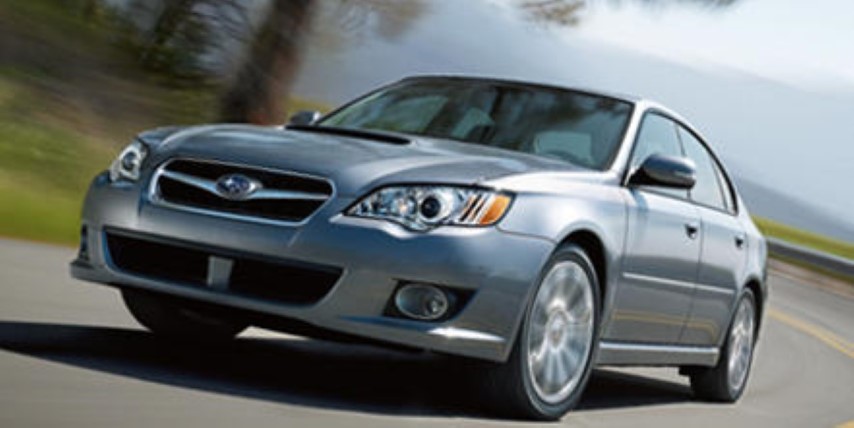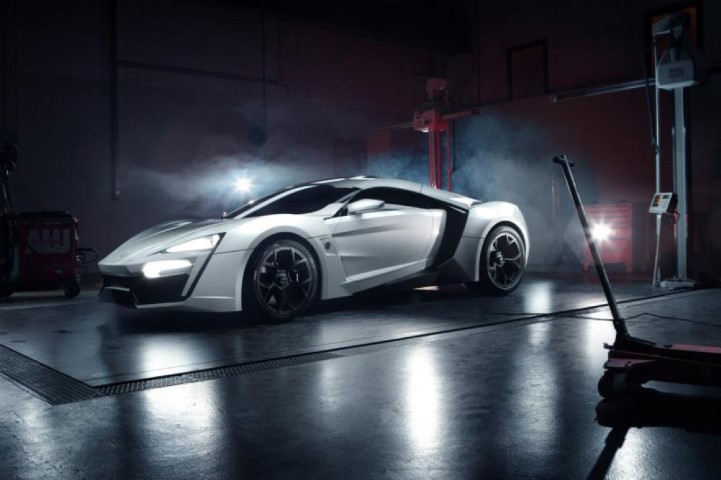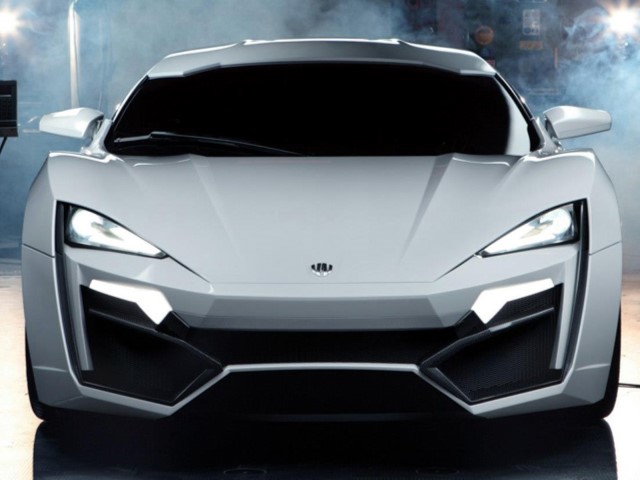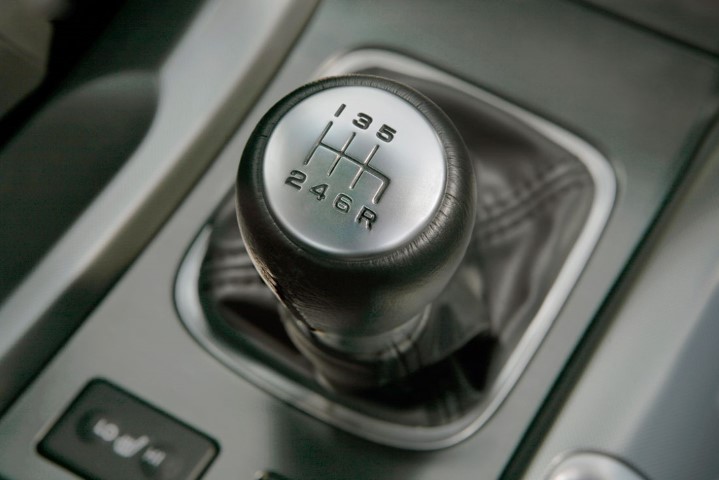
Driving purists and enthusiasts beware: the manual transmission is heading the way of the dinosaurs. This extinction is being spearheaded by facts and figures that are published by automotive manufacturers. Not helping the cause are details such as how the dual-clutch transmissions(DCT) and advanced automatic transmissions shift in 100 milliseconds or how 80% of their vehicles are sold with the new auto gearboxes while the other 20% still hold true to the three-pedal layout (recent statistic released by Porsche). The death of the manual transmission isn’t a phase or a random idea put forth by the auto industry; rather, it’s becoming a niche market in response to a declining population who demand these vehicles.
The desire for automatic transmissions has become more apparent with emerging technologies developing better fuel efficiency and greater performance. DCT is one of those technologies formed which not only makes shifting lightning fast, but a more comfortable ride with seamless shifting and better fuel economy. Fuel economy has been one of the main selling points for manual vehicles, but with the advent of DCT technology many have pondered – are we seeing the slow death of the manual transmission?
There are many reasons why car enthusiasts will still gravitate towards manual transmissions, but the numbers are becoming smaller and smaller. It’s not something that can be measured by a graph and observed on a fact sheet. It’s not something an engineer can calculate or a car salesman can put a number to. It’s the fun factor. It’s about being more connected to the vehicle and deciding when to swap gears independently, not when a computer overlord decides for us.
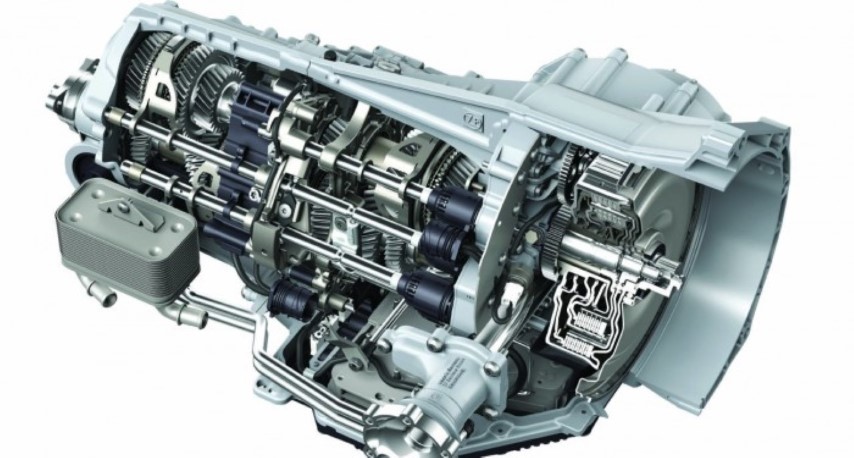
A perfect DCT example of losing that manual enthusiasm is the Nissan GTR. It’s truly mechanically fascinating how it can aid us in becoming a better racing driver, but it’s almost, dare I say…nerdy? I have no objections to the GTR and have been fortunate enough to drive one in my young age but what’s happening to the drivers who prefer to heel-toe down shift and bang through the gears? The GTR showcases automotive technological capabilities at its finest, but I can’t help feel a little sad that the primitive hoonish days of doing a standing clutch drop burnout are symbolically becoming smoke in the air.
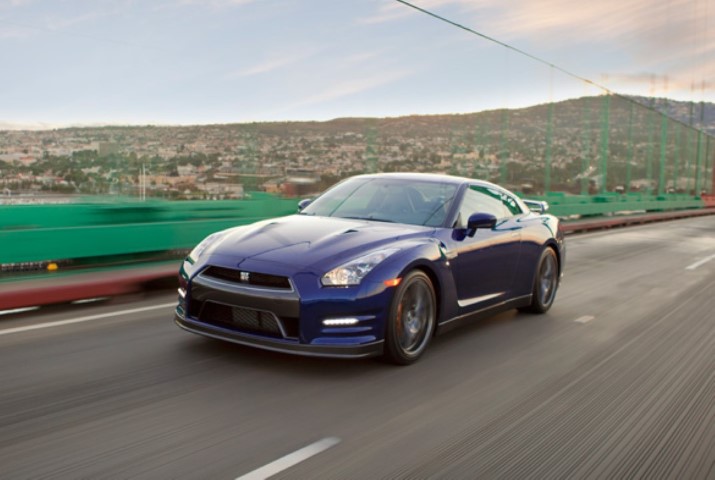
Don’t get me wrong – I like automated vehicles. In fact when I drove identical Lamborghini Gallardo’s last year (one manual and the other automatic) I preferred the automatic due to the unique sensation you get when shifting in sport mode. This sensation is like getting a light punch in the back of the head, you lunge forward and the G’s toss you back against the seat under acceleration. That was awesome, but it made me feel somewhat disconnected from the car and driving experience. Much like the GTR, the Gallardo’s transmission is a unique blend of speed, precision and usability. Under acceleration, it’s just an animal with gear changes, but at the end of the day, it still takes away the control that I lust for. Changing gears and reaching higher speeds is a control element that any car enthusiast craves. But that element was missing, it was as if the car would give you control until it decided that you have gone too long without changing a gear. The system is similar to a dog on a leash that gets choked from tension when running too much ahead of its owner. The control the car has over you is subtle, yet always present.
I admire the technology and embrace it for our future, but I can’t help but think that having the ability to drive standard will be a very uncommon skill ten years from now. On the flip side, I understand that we have to embrace change, set aside things that previously made us happy and usher in new technologies.
It’s a numbers game. As more people ditch the manual transmission and embrace new automatic technology, the less production is needed for manual vehicles. A dwindling market and overall lack of interest is making the manual gearbox disappear in most vehicles. With newer technologies taking hold of the marketplace, the manual is becoming no more than a novelty for car enthusiasts. In its current state, a manual car is slower, less fuel efficient, and for some people it demands a steep learning curve to master. There will always be manual cars such as Mustangs, Corvettes and baseline economy cars in which we can still get the chance to row our own gears and allow us to have total control over the speed of the engine, but we will soon see its demise in other performance models which is a shame. For the time being, we are safe from the annihilation but eventually the world has to move on.
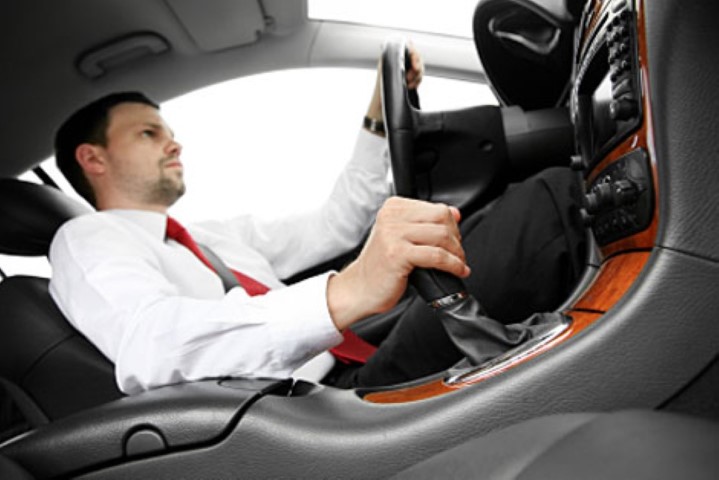
So you may be asking yourself; what should I do? Should I buy more manual vehicles to help aid the fight to save this endangered species? Or should I equip my new vehicle with the advanced automated transmission and help the fight to rid the world of the stick shift once and for all.
There are pros and cons to both sides. On one side, you get more fuel efficiency and faster shift times but on the other, you get a feeling of total driver connectivity and control that a computer just cannot hope to offer. It’s a difficult argument because the driver will lose something no matter which side they take.
Personally, I would equip my vehicle with a manual transmission. It offers me that intimate connection with my vehicle that automatics cannot. It’s the beauty of rowing through the gears and the clumsiness that comes from learning a new clutch. It helps secure that bond between man and machine and truly lets you admire and respect your vehicle, knowing full well that if you start disrespecting your car it will bite you right back with a worn clutch or some gear grinding.
This bond defines why we love cars. Car enthusiasts know full well that a vehicle is more than a tool, especially when we connect with it. So go out and enjoy your stick shift, because when this old gearbox is finally phased out, we can all look back and remember when our cars were more than just an appliance.
